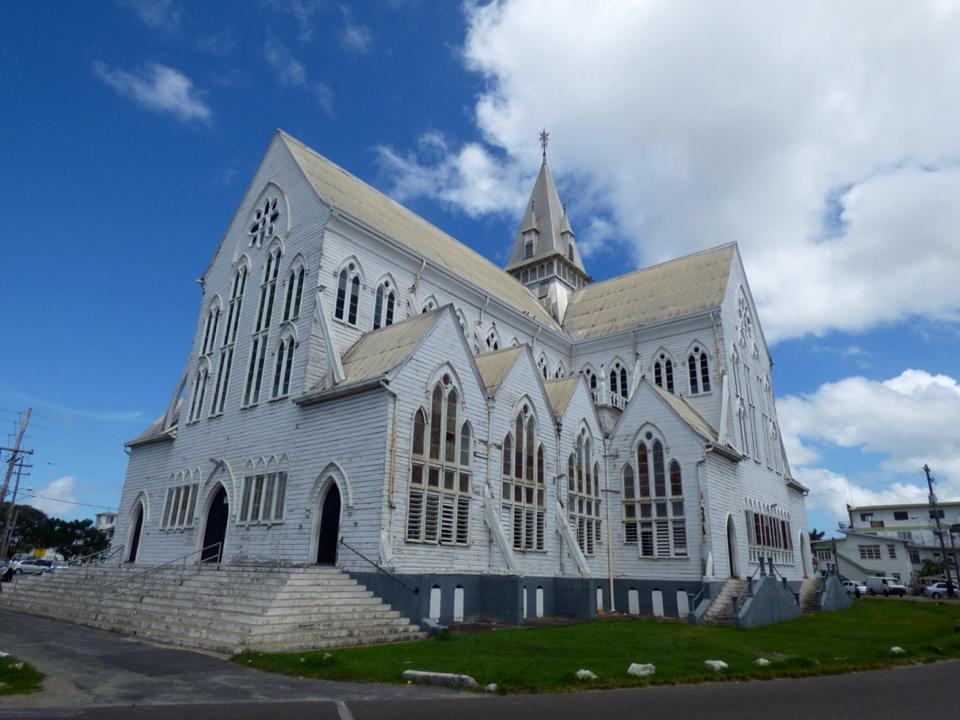St. George’s Cathedral in Georgetown, Guyana, a prominent Gothic Revival timber cathedral, was designed by Sir Arthur Blomfield and consecrated in 1894, becoming a national monument and the seat of the Bishop of Guyana.
Here’s a more detailed look at its history:
Early Anglican Presence:
The Anglican Church was established in British Guiana (now Guyana) around 1796, with services initially held in a courtroom.
First Chapel:
By 1805, the church’s membership grew, leading to the construction of the first chapel on the site of the present cathedral.
Second Cathedral:
The second cathedral was built approximately 12 meters (40 feet) west of the first, with the foundation stone laid in 1838 and consecrated in 1842.
Demolition of Second Cathedral:
The second cathedral was demolished in 1877 due to structural issues and replaced by the current St. George’s Cathedral.
Construction of the Current Cathedral:
Construction of the current cathedral began in 1889, and it was consecrated in 1894.
Architectural Features:
The cathedral is built entirely of timber, showcasing Gothic Revival architecture with elements like flying buttresses, tracery windows, and pointed arches.
Material and Design:
It is constructed primarily from greenheart wood, a durable and rot-resistant wood native to Guyana.
Significance:
St. George’s Cathedral is considered one of Guyana’s most prestigious built wonders, serving as the seat of the Bishop of Guyana and a symbol of the country’s colonial past.
National Monument:
The cathedral has been designated a national monument, reflecting its historical and cultural importance.

